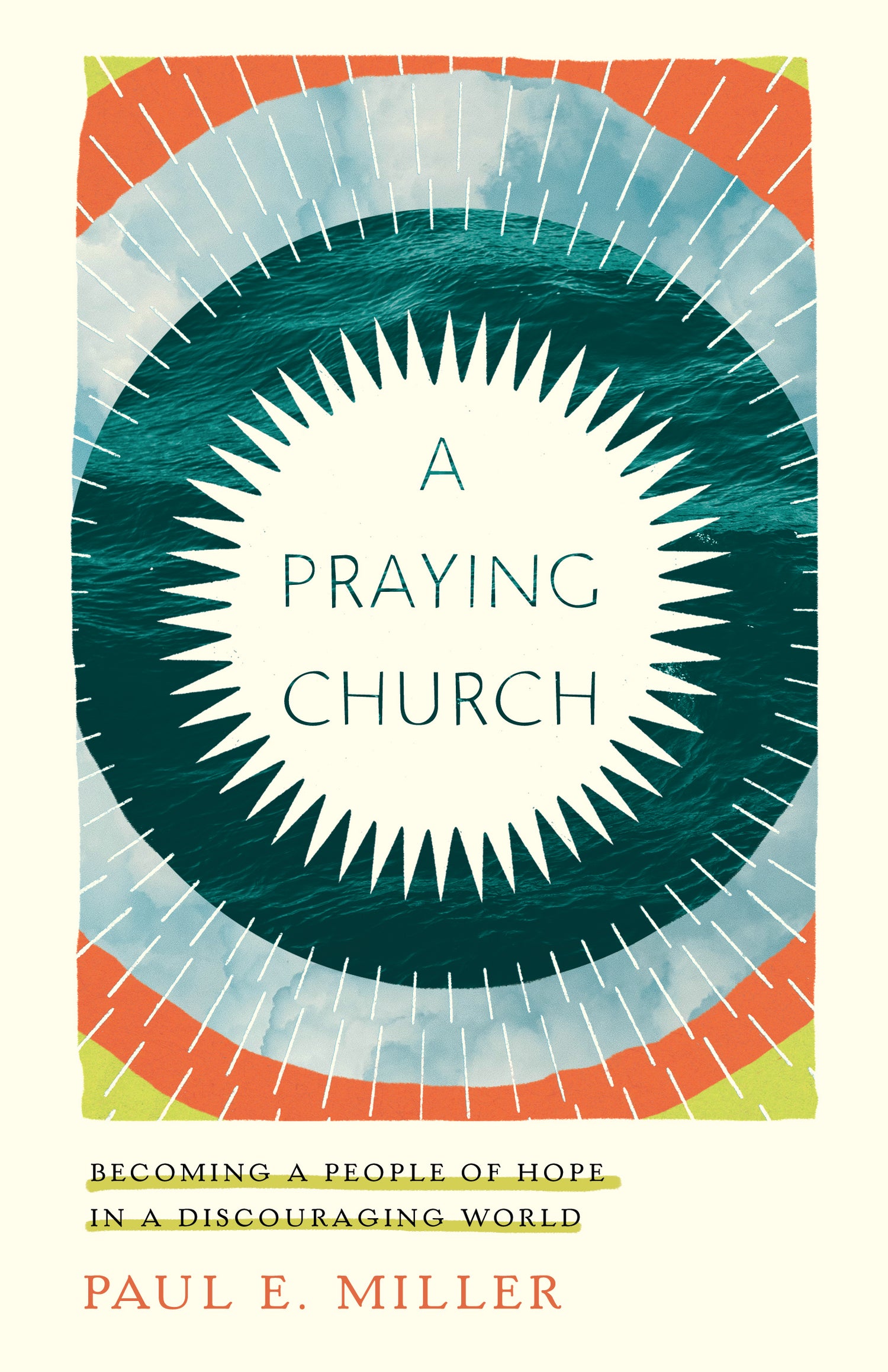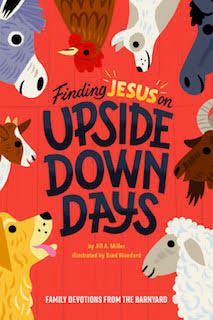At the heart of Secular-liberalism is a vision of what it is to be human. In the popular mind, Secular-liberalism feels inclusive, compassionate, and relevant, while Christianity feels judgmental, narrow, and old-fashioned.
Where did Secular-liberalism get this vision of compassion? Jesus of Nazareth. When I walk into my gym, a big poster on the wall announces we are in a “judgment free zone.” It’s a paraphrase of Jesus in the Sermon on the Mount: “Judge not” (Matt. 7:1).
The process began 250 years ago when leading thinkers in the Christian West denied Jesus’ divinity. For example, Thomas Jefferson created his famous “Jefferson Bible” by cutting out Jesus’ miracles and resurrection from the Gospels. Jefferson liked Jesus’ humanity, but not his divinity. I’ve represented this by crossing out “Jesus’ Divinity” in the first diagram below.
For the next 150 years, countless liberal preachers extolled the virtues of Jesus’ moral teaching and example, with no reference to his divinity. Conservatives like J. Gresham Machen rightly reacted to this abuse of the person of Jesus. One hundred years ago he wrote, “Certainly we shall remain forever in the gloom if we attend merely to the character of Jesus and neglect the things that he has done, if we try to attend to the person and neglect the message.”

The Person of Jesus Secularized
This positive view of Jesus’ humanity dominated our elites until the 1960s, when the rise of a more radical liberalism lost the original connection with the person of Jesus. I’ve presented that in the second diagram above by erasing both Jesus’ divinity and humanity. Now all we are left with is Jesus’ values (compassion, inclusion, etc), which I’ve represented as small detached circles. Secular-liberalism took the attributes of Jesus and made them sacred. Political correctness is nothing more than Jesus’ person and teaching separated from him and then idolized.
Secular-liberalism (and thus the broader culture) has largely forgotten this debt to Jesus. I was listening to NPR several elections ago as they were discussing the conservative claim that liberalism had no seminal thinkers like Ayn Rand. Callers were suggesting random names. In frustration I said out loud to the radio, “It’s Jesus!” To my delight, at that point a caller said, “Jesus,” but the host discounted him. He’d lost touch with his own heritage.
A Case Study: Women’s Rights
Let me examine one strand of Secular-liberalism. How did we arrive at modern sensibilities about abortion? Consider this brief glimpse of “women’s rights” through the eyes of a Muslim traveler, Evliya Celebi, who traveled to Catholic Vienna in 1665. He was stunned by how women were treated:
"In this country I saw an extraordinary spectacle. Whenever the emperor meets a woman in the street, if he is riding he brings his horse to a standstill and lets her pass. If the European is on foot and meets a woman, he stands in a posture of politeness. The woman greets the emperor, who then takes his hat off his head to show respect for the woman. After the woman has passed, the emperor continues on his way. It is indeed an extraordinary spectacle. In this country, and in general in the land of the unbelievers, women have the main say."
Celebi talks like he’s just met a Martian. He’s never seen anything like this. I like this story because Secular-liberalism’s narrative is that Christianity oppressed women, and only as the shackles of religion have been thrown off have women been liberated. But the concern for women you see in Secular-liberalism came from Jesus of Nazareth. No one treated women like he did. Of course, you see that same pattern in the Old Testament where strong women like Deborah, Jael, Ruth, and Abigail hold their own in a world dominated by men.
If you take Jesus’ care for women, secularize it, and turn it into an idol, then abortion is a logical consequence. Each of the small outer circles in the above chart has become an idol in our culture. Idols demand our complete allegiance. So the aborted baby is sacrificed on the altar of making women sacred; we live under a “Tyranny of Compassion.”
Learning to Value Secular-liberalism
It’s easy to dismiss Secular-liberalism as merely stealing from Christianity’s cookie jar. But by concentrating on specific Jesus-values like compassion and inclusion, Secular-liberalism is able at times to achieve significant change for the good. So with our daughter Kim, who is affected by disability, we experienced more compassion in the schools and neighborhood than the church. That was behind the question that Joni Eareckson Tada asked me several years ago (which I shared with you previously). Joni wrote:
"Why does the church and its seminaries have a systemic problem when it comes to embracing special-needs families? Is something lacking theologically? Is it sociological? What “prevents” us from following through on Christ’s commands to remember the poor, forgive seventy times seven, give our shirt when our cloak is required, and go out and find the disabled and bring them in?"
Understanding the Jesus-origin of aspects of Secular-liberalism is immensely helpful in loving people who are influenced by this worldview (all of us to some degree!). We can incarnate with them, learn from them, and even enjoy them. We can value what’s good in Secular-liberalism. A wonderful example of that is the way a pastor and his wife reached out to the lesbian professor, Rosaria Butterfield, and over time won her to Christ. We don’t have to respond to the judgment we often feel from Secular-liberalism with our own judgment.
Rediscovering the Person of Jesus
I don’t hold out hope that we will “recapture the culture.” I find it helpful to say, “we lost the cultural wars. We no longer have the high ground, which means we’ve lost the narrative. Lies will be regularly told about Christians.” Once we have that clarity, we immediately know where we are: dying with Christ! So we don’t just imitate the pieces of his life, but the whole pattern of his death and resurrection.
The Spirit is drawing the church into the death of Christ on a large scale. That’s where the beauty of Jesus emerges. The power of the Spirit comes alive when we realize we can’t do life on our own. Because of the absolute triumph of Jesus’ resurrection and now enthronement, we can live boldly and love warmly, especially when we are weakened.
By co-opting Christianity’s vision of the person and gradually removing Jesus from it, Secular-liberalism offers our youth a guilt-free, obligation-free vision of the person. The result is that, for the first time in the history of Christianity, our children are being captivated by a better vision of what it is to be human—a virtual Jesus haunts our culture.
But the true person of Jesus, discovered in the Gospels and now embodied in his people, is much more winsome and compelling than the virtual one. There is no better time than the present for the church to recapture a vision of the person of Jesus. The most beautiful part of Christianity—the person of Jesus—is so hidden.
We want the church and the world to see Jesus! That’s our central mission. Will you join us in praying and giving toward that end?
This article is also available as a download.








